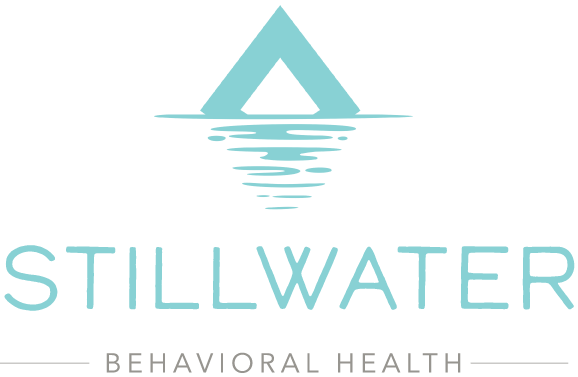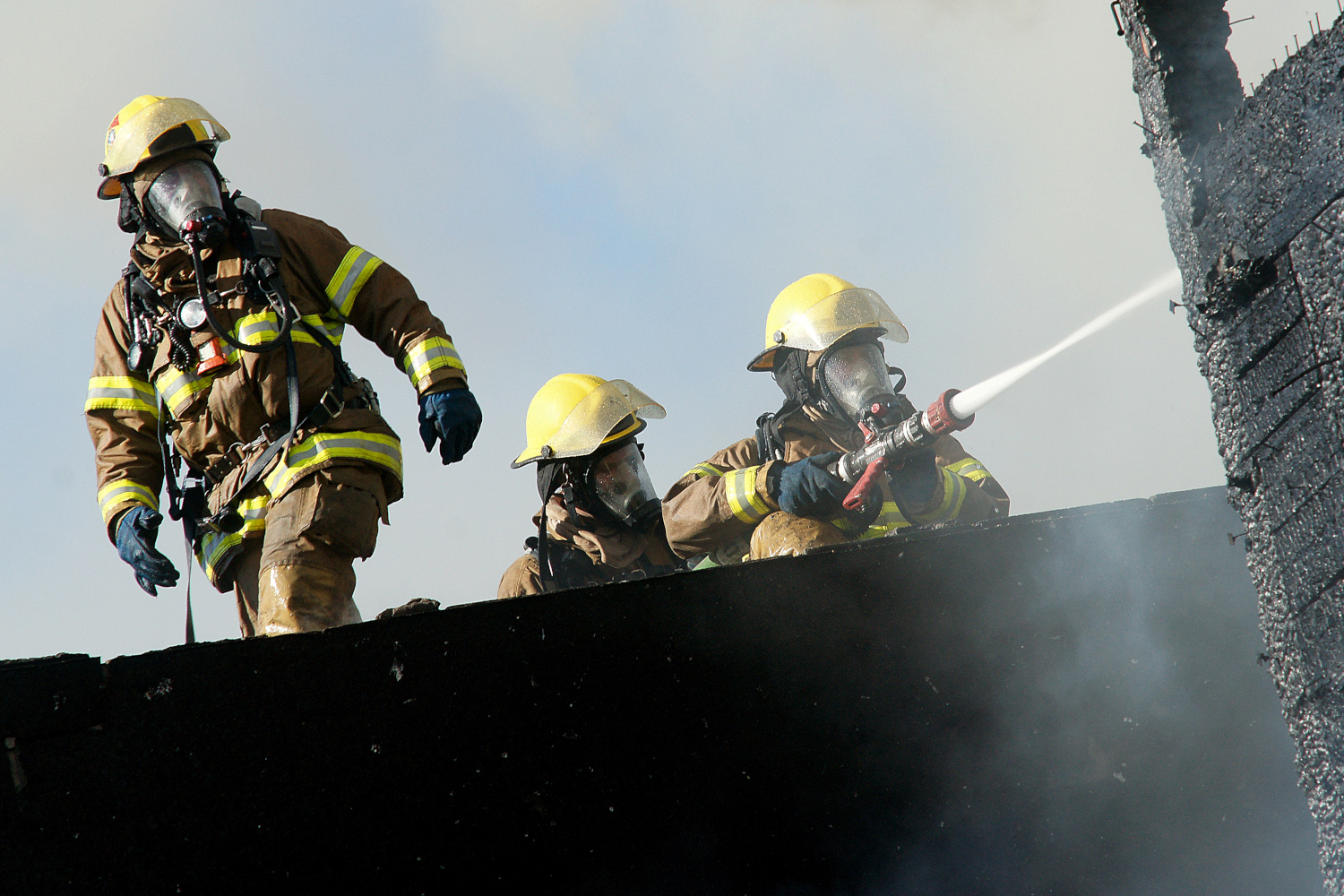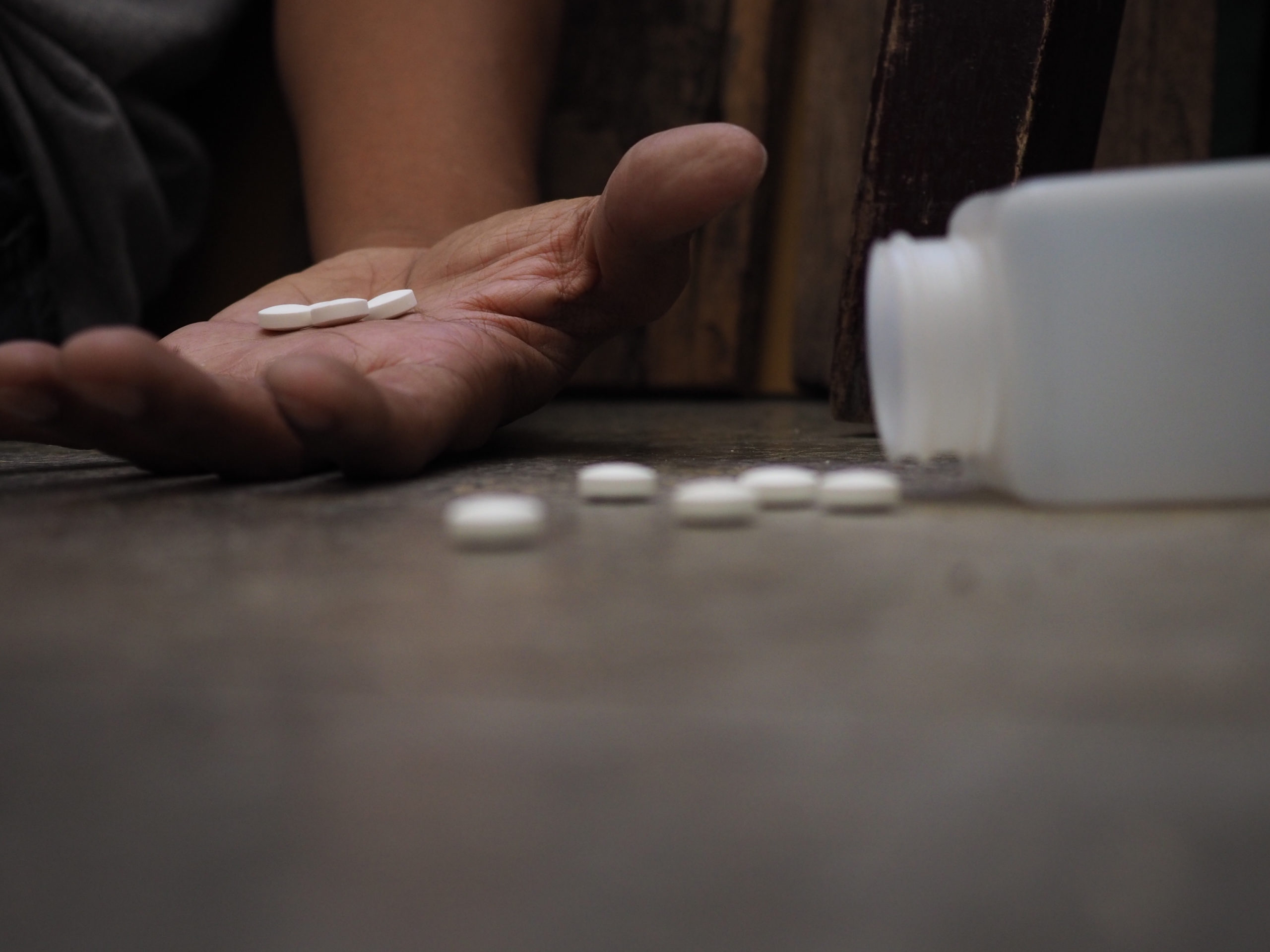Recovering from addiction is hard — it’s a lifelong process that requires a dedicated start if you’re going to succeed. That’s why Stillwater Behavioral Health is considered by many to be the best rehab center in California. Its tailored approach means you’re more than just another patient; you’re an individual with unique needs. Here, you can take in the scenic views that promote relaxation while letting your cares go so you can focus on what really matters the most — getting and staying healthy.
Why Consider a Rehab Facility Near Santa Clarita, California
When you’re looking to treat your addiction, a rehab near Santa Clarita has many perks. The city is relatively young, having only been founded in 1987, but it’s a decent size with a population of over 224,000. The Santa Clarita community is known for being tight-knit, with an abundance of resources and outdoor activities.
The city, which falls in the 661 area code, has a median household income of just over $106,000.

Inpatient Residential Rehab Near Santa Clarita, CA
An inpatient rehab near Santa Clarita means you’ll stay on the premises while undergoing addiction treatment. Stays can range from 30 to 90 days, depending on your prognosis.
Those who are seeking residential treatment in California should look for a facility that caters to their needs. With a 3:1 staff-to-patient ratio, there is around-the-clock care for guests who need emotional, behavioral, mental, or medical support throughout their stay.
Additionally, those going through addiction treatment near Santa Clarita at Stillwater will have access to luxury amenities inside and outside the facility. Gorgeous views and healing therapies help promote a sense of inner peace, while exercise classes and an onsite chef make sure you remain healthy.
Detox Treatment Near Santa Clarita, CA
At some point, most people who attend a drug treatment center near Santa Clarita need to go through detoxification. During the detox treatment, the facility will help you through the stages of withdrawal with medical and emotional support to guide you. It’s an imperative part of recovery because you need your system to be clear of all substances to begin the next phase.
Dual Diagnosis Near Santa Clarita, CA
Oftentimes, there are underlying conditions that can contribute to addiction. It’s important to treat these mental or behavioral disorders at the same time to help prevent a relapse. This type of treatment is defined as dual diagnosis. Treatments may involve extensive therapy — group or individual — or medications to help balance you out. Many times it’s done at an outpatient rehab near Santa Clarita, especially after inpatient care is finished.
Treatment Program Types
There are a number of substances that this Santa Clarita drug treatment center can help with. Here are just a few:
- Nicotine
- Cocaine
- Benzodiazepines
- Heroin
- Alcohol
- Prescription pain killers
- Marijuana
If you need help with one that’s not listed, feel free to call the facility to speak with a counselor. You can also get help for behavioral or mental disorders that may be linked to your substance abuse.
How Stillwater Behavioral Health Is Different From Other Rehabs?
One of the best things about this Santa Clarita drug treatment center is that it stands out from those around it. Luxury amenities such as private rooms, an onsite pool, a gourmet chef and a nutritionist ensure you get the best of care while you’re committed to recovering.
It’s not just the amenities that make this the best alcohol rehab near Santa Clarita. It’s the approach. You’re not just a number here or a faceless patient. The staff is there to provide several levels of support throughout your stay, and the programs are tailored to you; they’re not generic.
Cost for Treatment
When attending this rehab near Santa Clarita, you can expect the price to correlate with your treatment. If you need special care, detox or dual diagnosis treatments, for example, or a longer stay to help foster recovery, you can expect the cost to increase with the services. Speaking with an admissions counselor is one of the best ways to get a full overview of your treatment costs.
Insurance Coverage
This drug rehab near Santa Clarita takes multiple insurance plans. Some of those accepted include:
- Anthem
- BlueCross/Blue Shield
- United Healthcare
- Cigna
- Aetna
- Beacon Health Options
Stillwater Behavioral also takes cash payments and might be able to help those who have financial needs. Insurance plans may also be subject to change, so be sure to speak to one of the qualified staff members to see if your plan will cover part or all of your costs.
Admission Process
Getting started with substance abuse treatment near Santa Clarita means taking the first step: reaching out to the facility. From here, you’ll discuss your situation and your addiction with an intake specialist who can help you navigate through the available options. A pre-assessment can help determine what programs are best for your needs, and from there, you’ll go over all the financial stuff. Once this is squared away, an intake date is set, and you’re on your way to recovering at this rehab near Santa Clarita.













